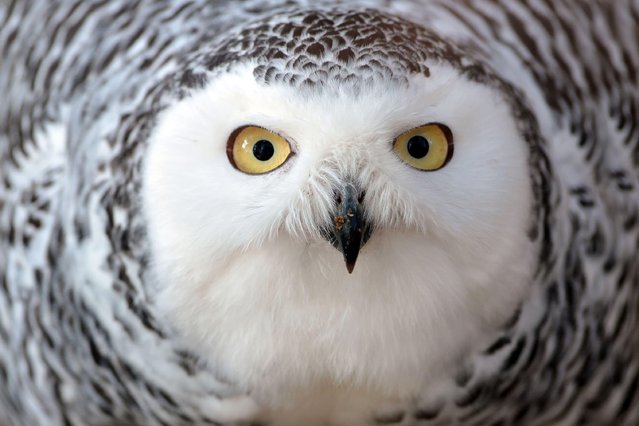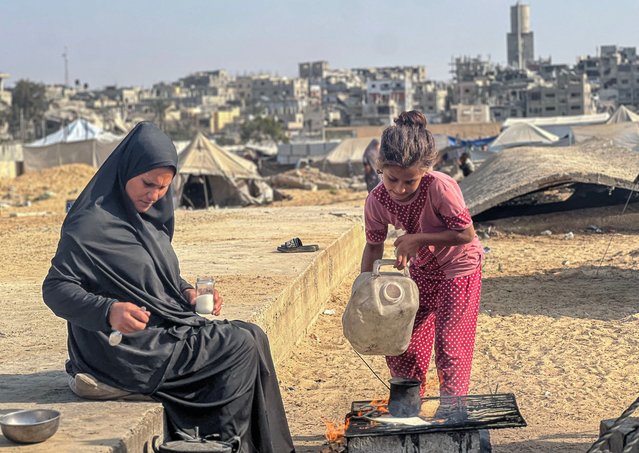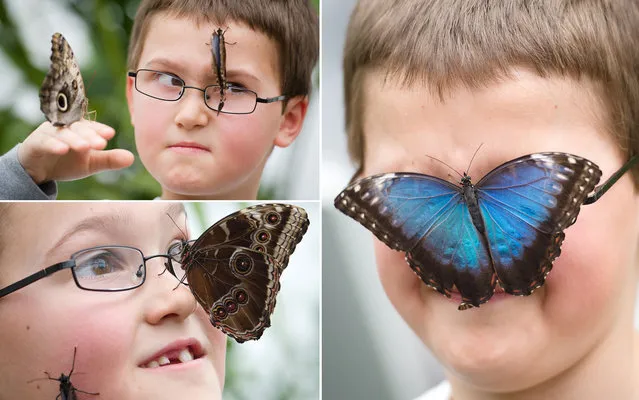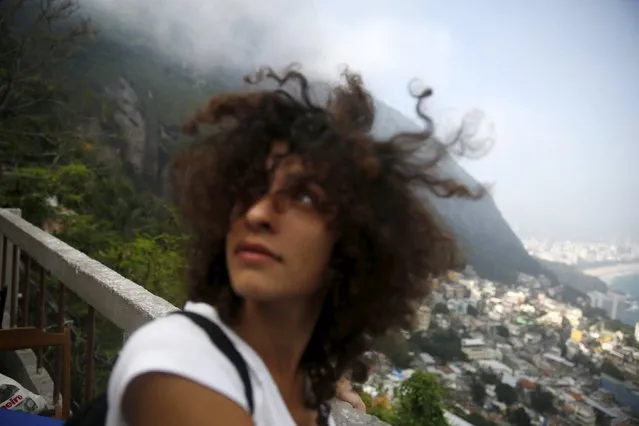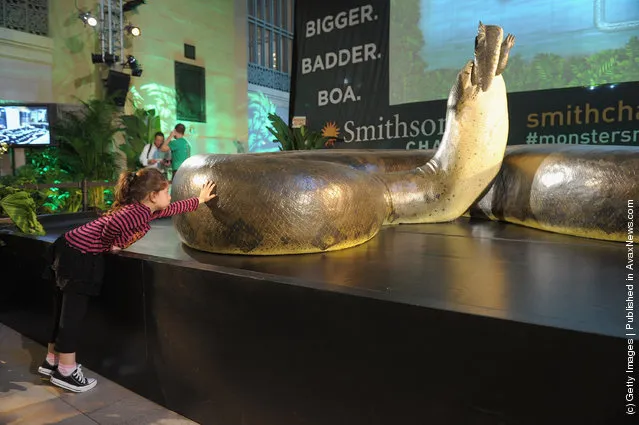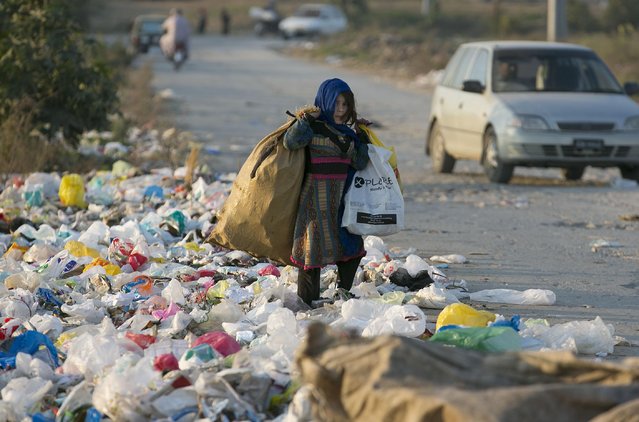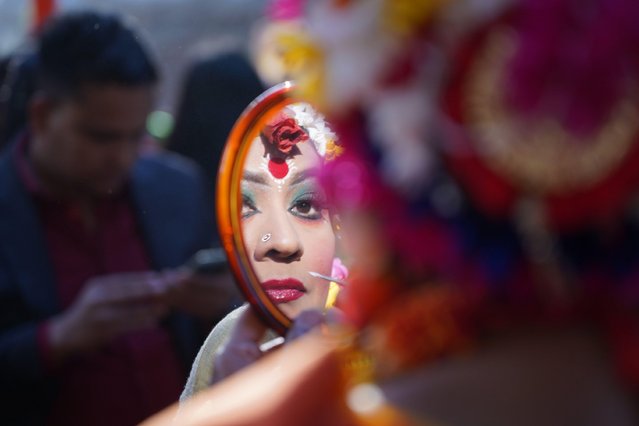
On the morning of February 14, 2025, the arrival of spring was celebrated in a festive atmosphere under the Bakul tree at the Faculty of Fine Arts, University of Dhaka. Dressed in vibrant shades of yellow and orange, people welcomed the season with music, dance, and traditional attire, embracing the warmth and joy of new beginnings. (Photo by Rubel Karmaker/ZUMA Press Wire/Alamy Live News)
15 Mar 2025 02:01:00,post received
0 comments

